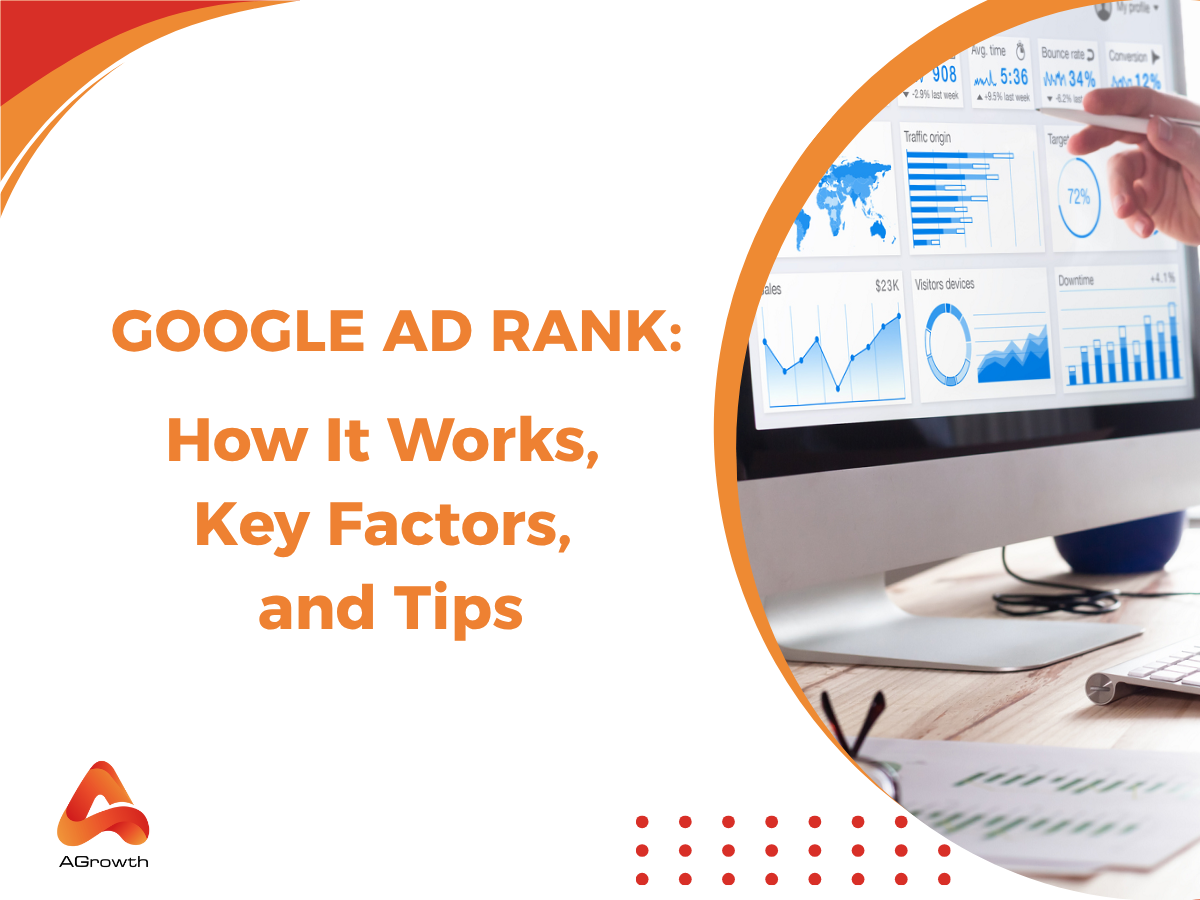
Table of Contents
What Is Google Ad Rank? How It Works, Key Factors, and Tips to Improve Your Ad Position
When we search for something on Google those top spots in the results can make all the difference for advertisers. But grabbing one of those coveted positions isn’t just about bidding the highest amount. Google uses a complex system called Ad Rank to decide which ads appear where and how often they show up.
Ad Rank isn’t a simple formula. It takes into account factors like our bid amount, the quality and relevance of our ads, expected clickthrough rate, landing page experience, and even the use of ad extensions. This system ensures that users see ads that are both useful and engaging, not just the ones with the biggest budgets.
Understanding how Ad Rank works can help us make smarter decisions with our advertising strategies. It’s the key to getting more impressions, clicks, and better results without wasting our budget.
What is Ad Rank?
Ad Rank determines where our paid ads appear on Google search result pages. Google evaluates multiple factors each time a user performs a search and then assigns a rank to every eligible ad. Higher Ad Rank means greater visibility and more frequent impressions for our ads compared to lower-ranked competitors.
Ad Rank relies on a dynamic calculation. Google recalculates it for every auction using variables such as our maximum bid, ad quality, expected clickthrough rate (CTR), landing page experience, and enabled ad extensions. For example, including sitelink or callout extensions lets our ad occupy more space and attract more clicks. These extensions also influence the perceived relevance of our ad during the auction.
User context shapes every Ad Rank calculation. Google scans the device type, geographic location, time, search terms, and competitive landscape at the moment of the query. As a result, Ad Rank for the same keyword can shift dramatically depending on the user’s context.
By focusing on multiple factors—not just bid amount—Google’s system encourages us to create ads that align with user intent. Understanding Ad Rank helps us fine-tune campaigns, use budgets efficiently, and secure competitive advantages in any auction.

How can we calculate Ad Rank?
We calculate Ad Rank by considering a weighted combination of core variables each time our ad enters an auction.
We break down each element used in the process:
-
CPC Bid: Our bid is the maximum amount we’re prepared to pay for a single click on an ad. Setting a higher bid can lift our Ad Rank if all other elements remain unchanged.
-
Quality Score: This score aggregates three direct inputs—expected clickthrough rate (CTR), ad relevance, and landing page experience—on a 1 to 10 scale. High-quality ads matching user searches and offering strong landing page experiences consistently improve Ad Rank.
-
Ad Extensions and Formats: Adding extensions like sitelinks, callouts, or app extensions increases ad visibility and can raise Ad Rank, provided relevance stays high.
-
Ad Rank Thresholds: Google enforces minimum expected Ad Rank thresholds for ads to appear, so just bidding higher won’t guarantee a slot if overall quality remains below these standards.
-
Auction Competitiveness: In each auction, our ad competes against others targeting similar keywords. Increased competition may push us to improve either bid, ad quality, or both.
|
Factor |
Description |
|
CPC Bid |
Max price we pay per click |
|
Quality Score |
Combination of expected CTR, ad relevance, landing page quality; scored 1–10 |
|
Ad Extensions/Formats |
Extra data like sitelinks, important for improved relevance and visibility |
|
Ad Rank Thresholds |
Minimum quality and relevance level for ad display, set by Google |
|
Auction Competitiveness |
Strength of competing ads and bids in the same keyword auction |
We improve our Ad Rank by increasing Quality Score through more relevant ads, optimizing landing pages, using suitable ad extensions, and adjusting bids based on auction signals. These improvements often lead to higher rankings at a lower CPC, according to Google Ads documentation.
By understanding these points, we can directly influence where and how often our ads appear in Google Search results.

What is Quality Score and How to affect Ad Rank?
Quality Score represents a diagnostic metric that Google assigns at the keyword level using a 1 to 10 scale. This score aggregates our ad's expected clickthrough rate (CTR), ad relevance, and landing page experience. These three signals provide a summary of how relevant and useful our ads and landing pages are for users' search queries. Google updates Quality Score continuously, serving as a direct input in the Ad Rank calculation and influencing impression share and keyword costs.
Components of Quality Score
-
Expected Clickthrough Rate (CTR): Google predicts the likelihood of our ad receiving clicks when shown for a given keyword by analyzing historical performance data and similar search auctions.
-
Ad Relevance: This measures how closely our ad and keyword align with the user's search terms. High ad relevance comes from tightly themed ad groups and keyword-rich ad copy.
-
Landing Page Experience: Google evaluates if our landing page delivers useful, relevant, and easily navigable content aligned with the ad and user intent. Fast page loading and mobile optimization improve this component.
Methods to Improve Quality Score and Affect Ad Rank
-
Optimize Keywords and Ad Copy: We group similar keywords to create focused ad groups and write ad copy using targeted search terms. Matching user intent increases both ad relevance and CTR.
-
Enhance Landing Page Quality: Pages aligned with the ad, featuring original content and clear navigation, boost user experience. Implementing swift load times and full mobile compatibility further elevate landing page scores.
-
Use Ad Extensions and Formats: Incorporating sitelinks, callouts, and structured snippets augments our ad's value. Such features often raise expected CTR, indirectly impacting Quality Score and so Ad Rank.
-
Monitor and Test Ads: Regular performance reviews using Google Ads and Analytics pinpoint underperforming entities. A/B testing multiple ad variations identifies headline and copy combinations that improve CTR and relevance.
-
Adjust Bid Strategy Based on Insights: While Quality Score can reduce the average cost per click, adjusting CPC bids aligned with top-performing keywords ensures strategic placement without overspending.
|
Quality Score Factor |
Description |
Example Actions |
|
Expected CTR |
Likelihood of a click on the ad |
Improve headlines, highlight offers |
|
Ad Relevance |
Match between keyword, ad copy, and user intent |
Refine ad groups, update keywords |
|
Landing Page Experience |
Quality, speed, and relevance of landing page |
Optimize for mobile, clear CTAs |
|
Ad Extensions |
Inclusion of enhanced ad features (e.g., sitelinks, callouts) |
Add relevant extensions, test formats |
Improving these elements increases our Quality Score, which can lead to higher Ad Rank, better ad placements, and lower CPC. By systematically refining keyword targeting, ad messaging, landing pages, and use of ad extensions, we enhance the likelihood of achieving top positions in Google Search results.
What are the Factors Affecting Ad Rank?
Google Ad Rank relies on several weighted variables to determine the position and visibility of our search ads. Maximizing Ad Rank improves our exposure and lowers overall advertising costs.
Ad Relevance
Ad relevance measures how closely our ad content matches a user’s search query and the keywords we're targeting. Highly relevant ads—for example, an ad for "running shoes" triggered by a "buy running shoes online" search—help users quickly find what they want, boosting performance. Google prioritizes ads that address specific intent and context, adjusting Ad Rank accordingly.
Expected CTR
Expected clickthrough rate (CTR) predicts how likely users are to click our ad when it appears for a specific keyword. Google evaluates historical performance, keyword association, and ad copy effectiveness. A higher expected CTR, such as 7% rather than 3% on competitive search terms, signals to Google that users find the ad valuable, directly influencing Ad Rank.
Bid of Keyword
Bid of keyword, known as maximum cost-per-click (CPC), represents the highest price we're willing to pay for each click from a specific keyword. A higher maximum CPC—like $2.00 instead of $1.20—can strengthen Ad Rank but only when combined with high ad quality. Bid alone does not guarantee top position; Google balances bid with quality signals.
Landing Page Experience
Landing page experience evaluates how well our site serves users after they click an ad. Google reviews indicators such as page content alignment, usability, load speed, and mobile responsiveness. Superior landing pages help retain visitors and increase conversion potential, earning better Ad Rank.
1-) Ad Relevance with Landing Page
Ad relevance with landing page examines how consistently our ad messaging and keywords match the actual content and value users see after clicking. For example, when a "discount running shoes" ad leads directly to a relevant category page rather than a generic home page, the user experience strengthens, improving Ad Rank.
2-) Mobile Friendly Website
Mobile-friendly website design ensures that users have a seamless experience regardless of device. Responsive sites adapt layout and usability for smartphones and tablets. Google rewards ads leading to mobile-optimized landing pages due to the high proportion of mobile searches—over 60% globally as of 2023.
3-) Landing Page Speed
Landing page speed tracks how quickly content loads after a user’s click. Slow-loading websites—pages taking longer than 3 seconds—often see elevated bounce rates, reducing Ad Rank. Sites optimized for performance and quick loading, such as those using efficient image formats and caching, achieve higher quality evaluation from Google.
|
Factor |
Description |
Impact Example |
|
Ad Relevance |
How closely the ad matches the keyword/query |
"Running shoes" ad for shoe searches |
|
Expected CTR |
Likelihood of ad clicks based on past/user data |
7% CTR outperforms 3% CTR |
|
Bid of Keyword (Max CPC) |
Highest amount willing to pay per keyword click |
$2.00 max CPC vs. $1.20 max CPC |
|
Landing Page Experience |
User experience after clicking ad |
Fast, relevant, user-friendly pages |
|
Ad Relevance with Landing Page |
Alignment between ad message and landing page content |
Ad for "discount shoes" leads to offers |
|
Mobile Friendly Website |
Site usability and appearance on mobile devices |
Responsive design on phones/tablets |
|
Landing Page Speed |
Time landing page takes to load |
<3s preferred for improved engagement |
How to improve Google Ads Ranking
Optimizing Google Ads ranking involves coordinated adjustments to bid strategies, ad quality, and user experience.
-
Boost Ad Quality
Improving ad quality directly raises ranking opportunities when combined with relevant keywords and engaging ad copy. We integrate target keywords into headlines and descriptions, then align ad text precisely with search intent to increase relevance. We use compelling copy that reflects users' needs and motivations, which raises expected clickthrough rates (CTR) and meets Google's ad relevance metrics.
-
Enhance Landing Page Experience
Producing fast-loading, mobile-optimized landing pages contributes to a higher Quality Score. Landing pages perform best when content matches ad messaging, structures information for easy scanning, and avoids technical errors. Google's assessment of post-click experience uses factors like load speed and content clarity, driving higher user satisfaction and stronger ranking signals.
-
Refine Bid Strategy
Strengthening our bid strategy increases our chance to reach top ad placements, although Ad Rank depends on auction-time quality as much as the bid itself. Strategies such as Target Impression Share allow us to focus bids on the top and absolute top SERP positions, balancing spending with placement goals. We adjust bids by keyword competitiveness and historical performance, using data to avoid unprofitable overspending.
For advertisers who want to streamline bid adjustments, using Google Ads Automated Bidding strategies like Target Impression Share or Maximize Conversions can help balance cost-efficiency and ranking goals.
-
Carry out and Optimize Ad Extensions
Adding relevant ad extensions—like sitelinks, structured snippets, and callouts—improves CTR and contributes to higher Ad Rank scores. Ad extensions offer extra information and links, which increase the ad's visibility on the search results page. We ensure each extension supports the ad's core message and is contextually related to targeted keywords, providing users with more value and increasing engagement.
-
Monitor and Iterate with Performance Data
Regular performance analysis ensures that our strategies evolve with changing auction dynamics and user behavior. We monitor Quality Score, CTR, and individual keyword metrics to spot improvement areas. Data-driven changes to ad copy, keyword selection, bids, and extensions maintain or boost Ad Rank over time.
|
Factor |
Influence on Ad Rank |
Example Action |
|
Bid Amount |
Direct input, must meet minimum thresholds |
Adjust max CPC based on competitiveness |
|
Ad Quality (Quality Score) |
Weighted component, includes relevance and CTR |
Refine copy, use relevant keywords |
|
Landing Page Experience |
Core to Quality Score, impacts user outcomes |
Optimize speed and mobile usability |
|
Ad Extensions |
Can lift CTR, increase visibility |
Add targeted sitelinks and callouts |
|
Ongoing Optimization |
Keeps rankings competitive as auctions evolve |
Monitor and test performance |
Through these enhancements, we align our ads with Google’s Ad Rank formula and improve the probability of securing top search positions efficiently.
Frequently Asked Questions
What is Ad Rank in Google Ads?
Ad Rank is a value Google uses to determine the position and frequency of your ad in search results. It is based on factors like your bid, ad quality, landing page experience, ad relevance, use of ad extensions, and user context.
How does Google calculate Ad Rank?
Ad Rank is calculated using a weighted combination of your maximum CPC bid, Quality Score (including expected CTR, ad relevance, and landing page experience), ad extensions, and the competitiveness of the auction, among other factors. The exact formula is not publicly disclosed.
Does the highest bid always get the top ad spot?
No, the highest bid does not always get the top spot. Google also considers your ad’s quality, landing page experience, and relevance. A lower bid with higher quality can outrank a higher bid with lower ad quality.
What factors affect Google Ad Rank?
Key factors include your maximum CPC bid, Quality Score (expected clickthrough rate, ad relevance, landing page experience), use of ad extensions, auction competitiveness, and minimum Ad Rank thresholds set by Google.
What is Quality Score?
Quality Score is a diagnostic metric assigned by Google at the keyword level. It measures expected CTR, ad relevance, and landing page experience on a scale from 1 to 10. Higher Quality Scores help improve Ad Rank and lower your costs per click.
How can I improve my Quality Score?
You can improve your Quality Score by creating more relevant ad copy, selecting targeted keywords, enhancing landing page quality, making sites mobile-friendly, boosting page speed, and using ad extensions.
What are ad extensions and why do they matter?
Ad extensions are extra pieces of information (like phone numbers, site links, or locations) that show with your ads. They improve visibility, increase expected CTR, and can positively influence your Ad Rank.
How often is Ad Rank recalculated?
Ad Rank is recalculated every time your ad is eligible to appear through a new auction. This means factors like user location, device type, and search terms impact your rank each time.
Why is landing page experience important for Ad Rank?
A positive landing page experience improves Quality Score and Ad Rank. Google values pages that are relevant, load quickly, are mobile-friendly, and align well with the ad’s message, leading to higher placements and lower costs.
How can advertisers get better ad placements with lower costs?
Advertisers can achieve better placements and reduce costs by improving Quality Scores, optimizing ad relevance and landing pages, using ad extensions, and regularly monitoring and refining their ad strategies. This comprehensive approach increases the chances of securing top positions efficiently.


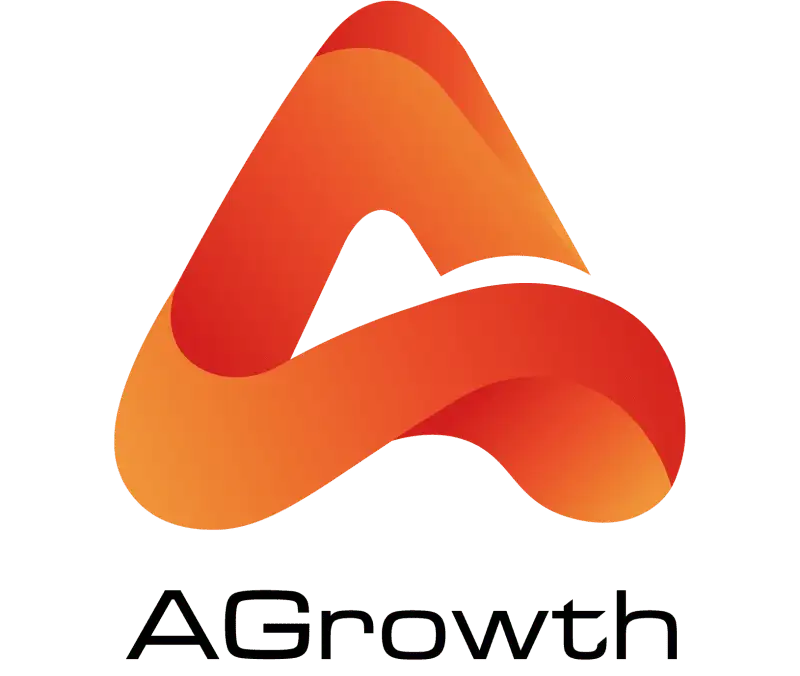

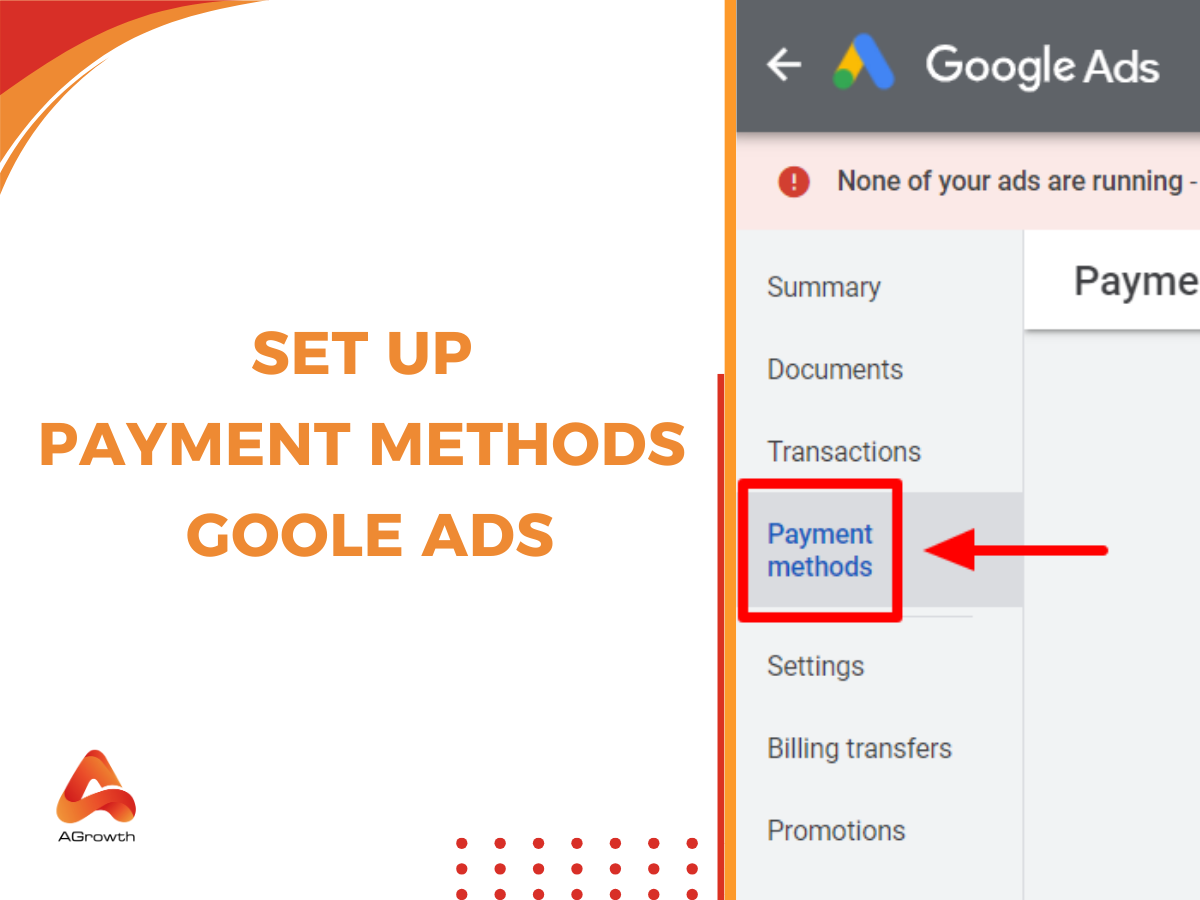
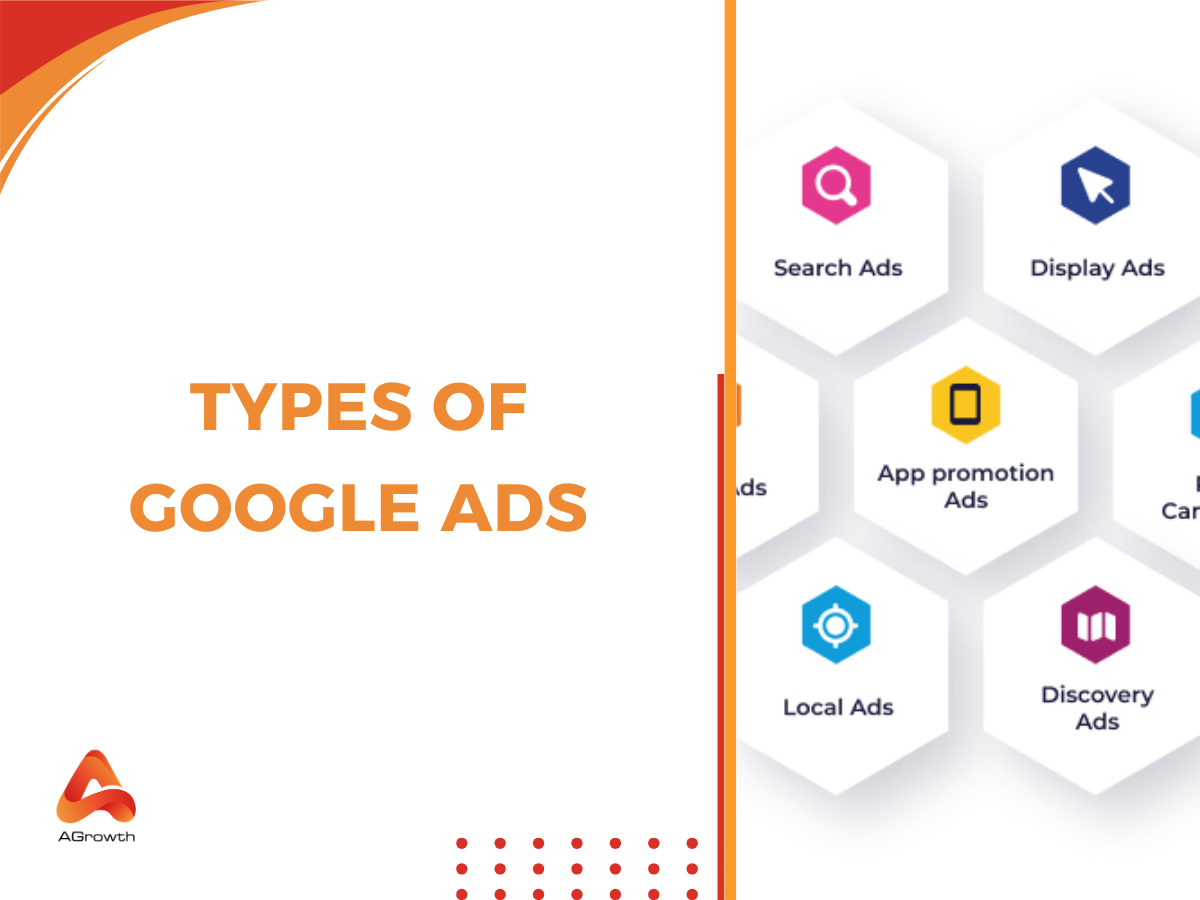

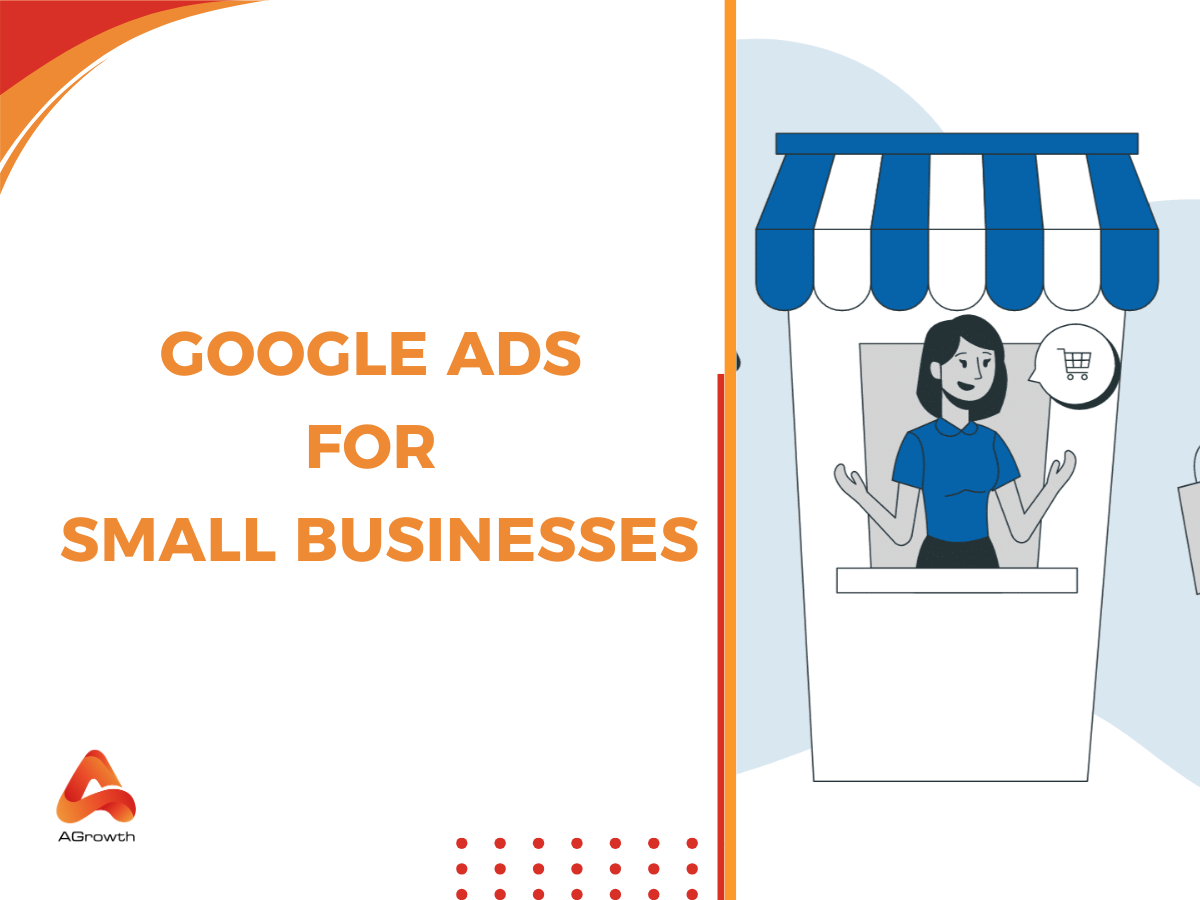
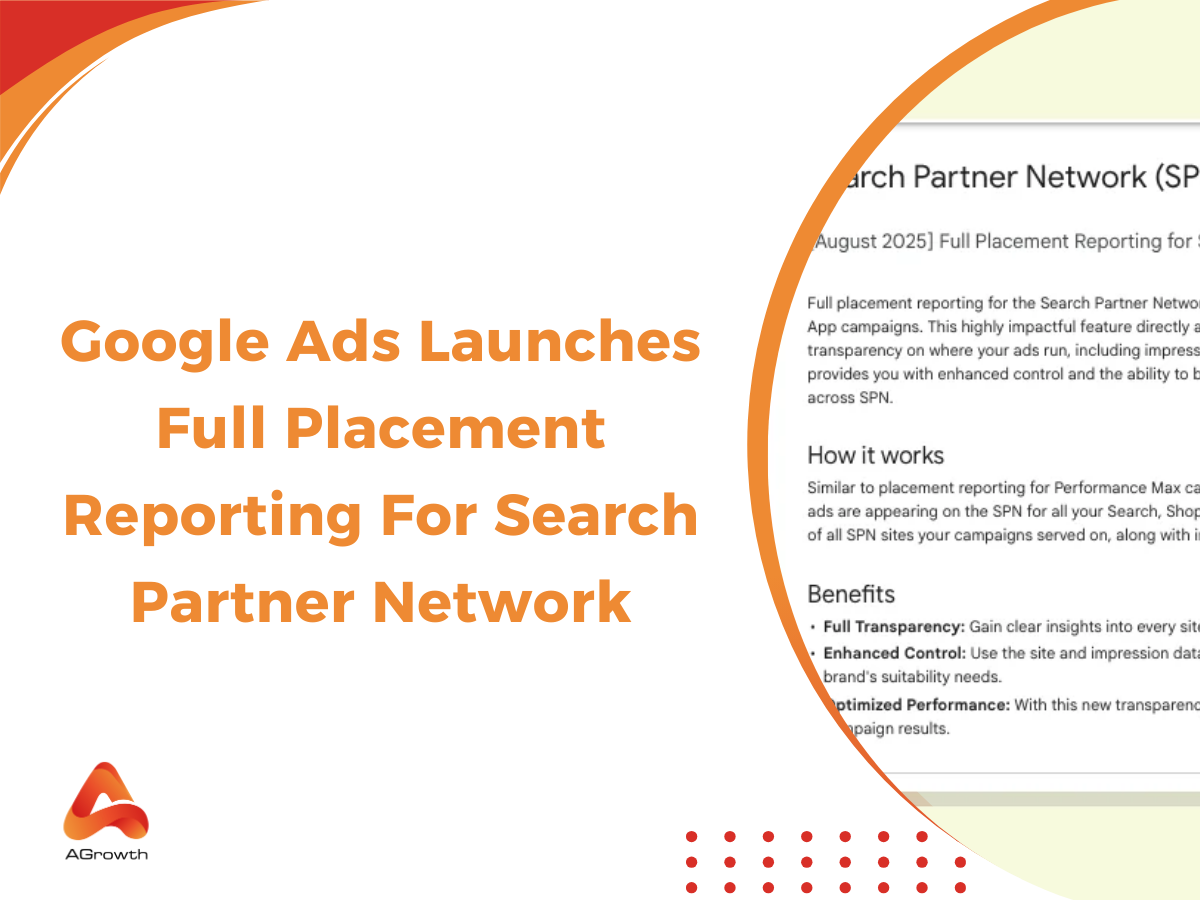
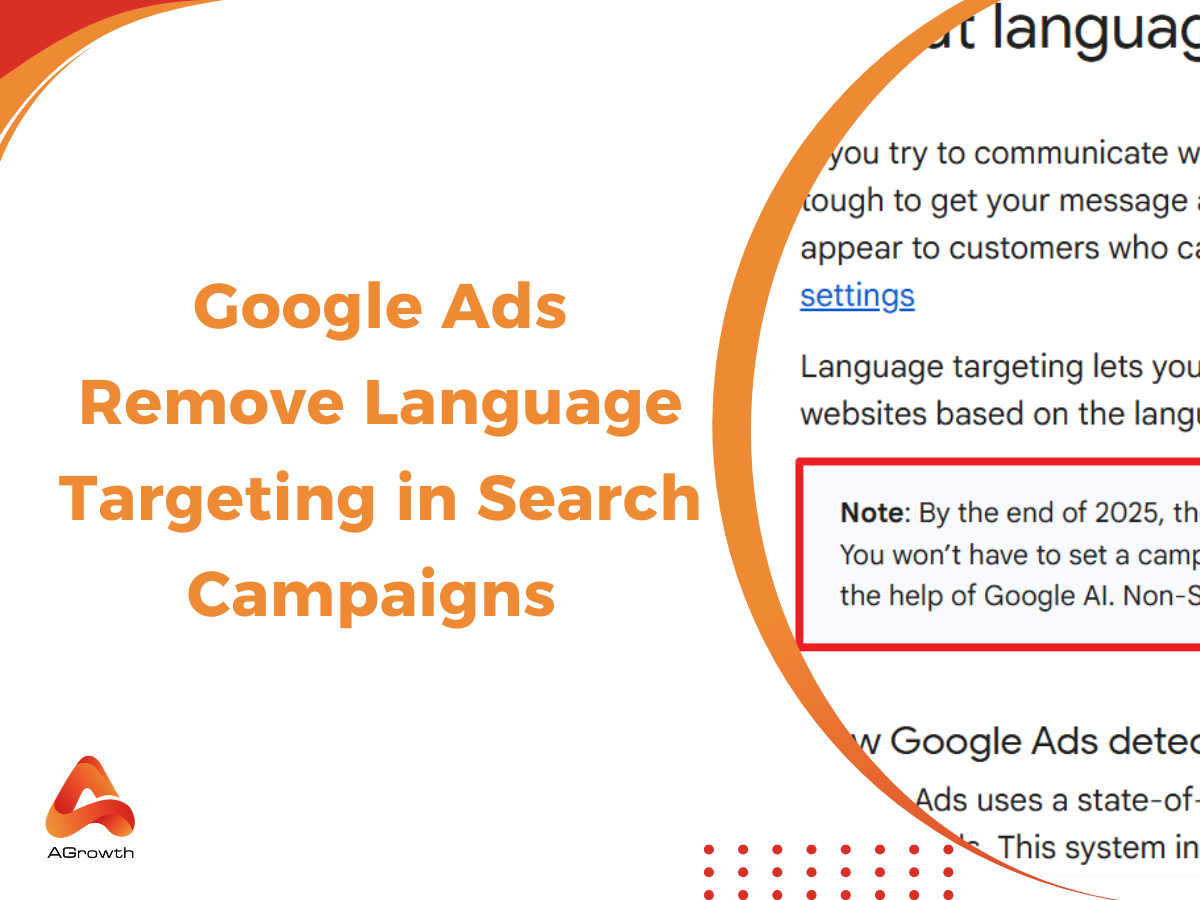
Your comment